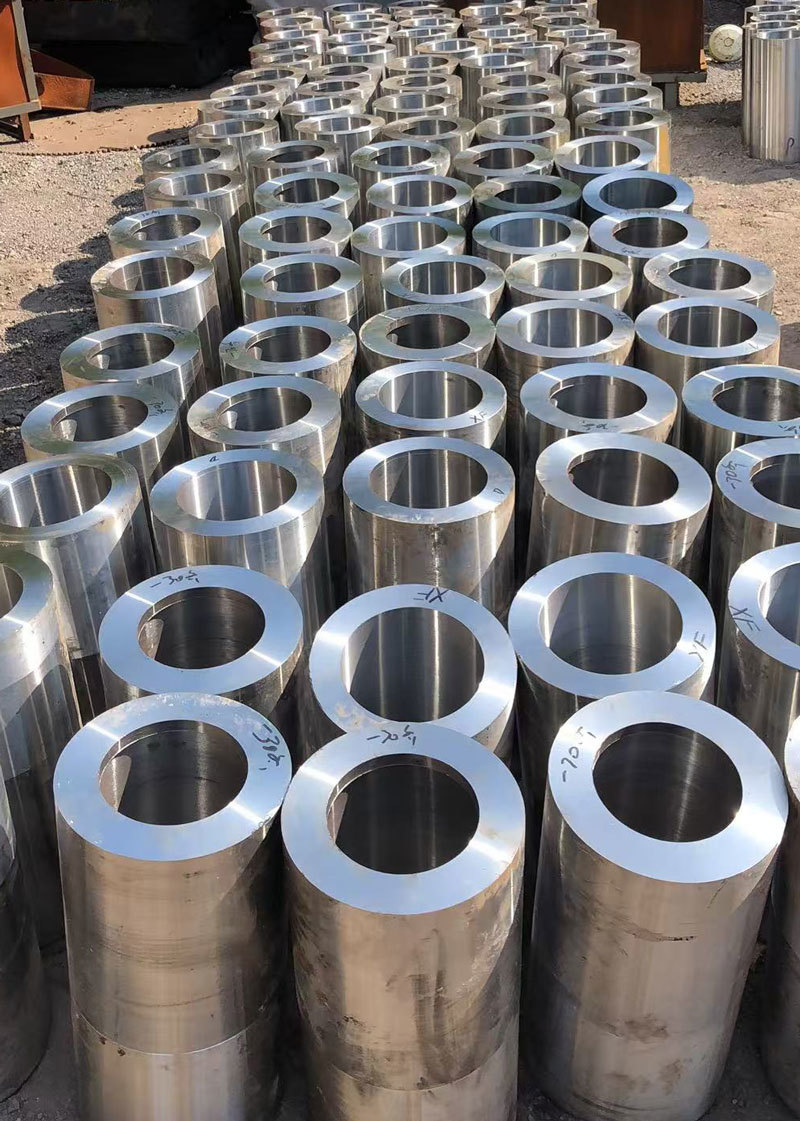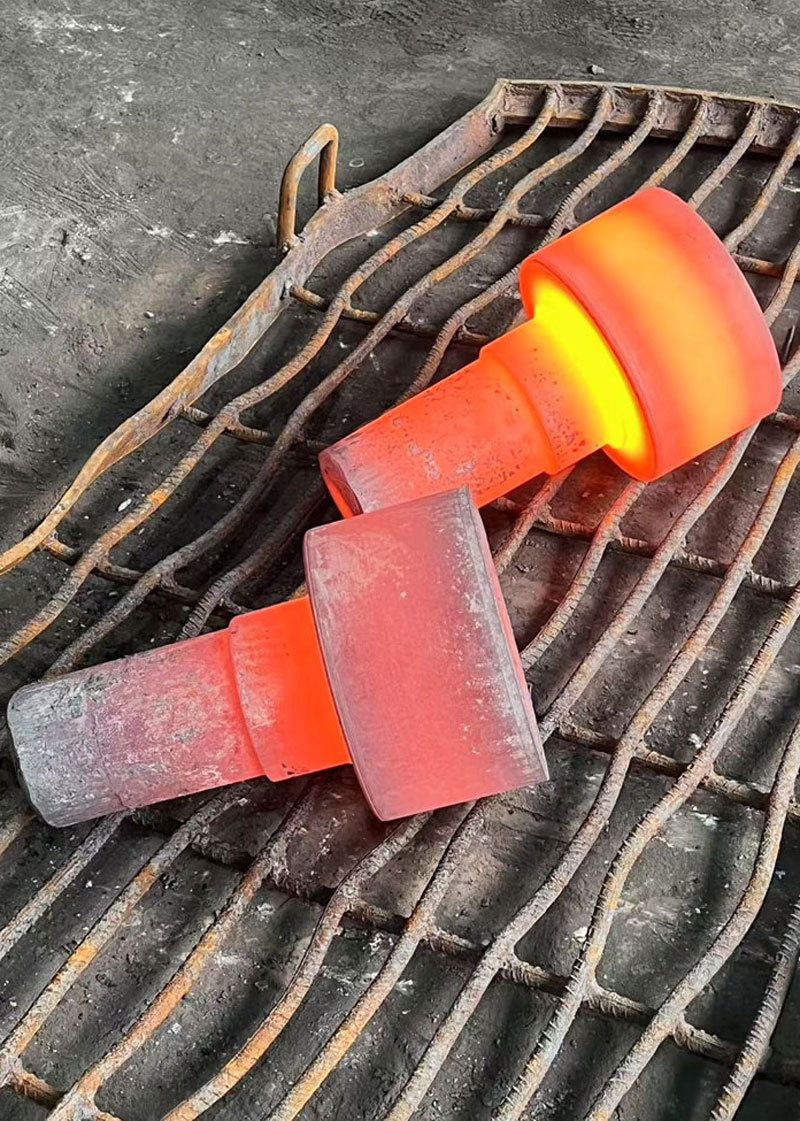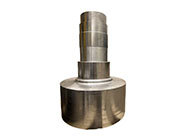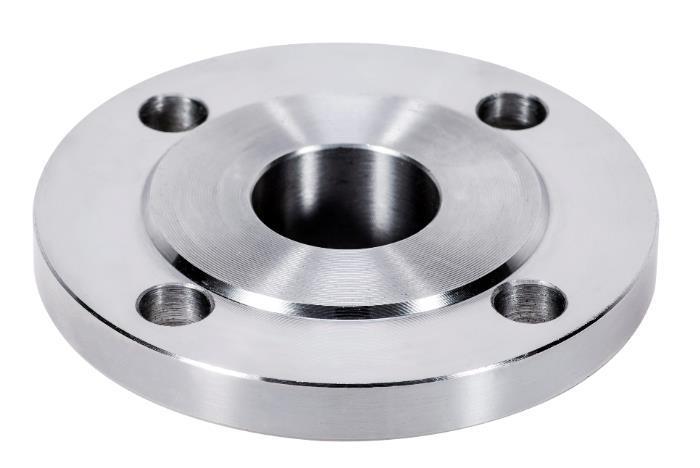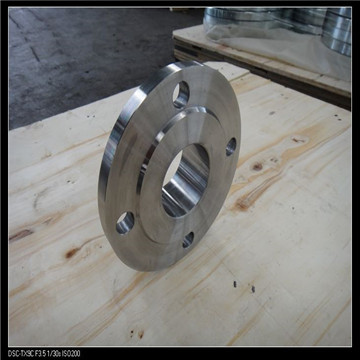Exploring the Versatility of Japanese Standard Flanges in Various Applications
Release time:
2025-05-09
Exploring the Versatility of Japanese Standard Flanges in Various Applications Table of Contents 1. Introduction to Japanese Standard Flanges 2. What Are Flanges? 2.1 Types of Flanges 3. Understanding Japanese Standard Flanges 3.1 Design and Specifications 4. Applications of Japanese Standard Flanges
Exploring the Versatility of Japanese Standard Flanges in Various Applications
Table of Contents
- 1. Introduction to Japanese Standard Flanges
- 2. What Are Flanges?
- 3. Understanding Japanese Standard Flanges
- 4. Applications of Japanese Standard Flanges
- 5. Advantages of Using Japanese Standard Flanges
- 6. Installation and Maintenance of Japanese Standard Flanges
- 7. Frequently Asked Questions
- 8. Conclusion
1. Introduction to Japanese Standard Flanges
In the field of construction and decorative materials, specifically regarding pipes and fittings, **Japanese standard flanges** have emerged as a crucial component. Their design caters to a wide array of applications, making them versatile solutions in both industrial and commercial settings. This article delves into the unique features, applications, and advantages of these flanges, providing comprehensive insights for engineers, architects, and industry professionals.
2. What Are Flanges?
Flanges are mechanical components used to connect two sections of pipe or to attach piping to other elements like valves. They are vital in ensuring a secure and robust joint, which is essential for maintaining the integrity of a piping system. Flanges come in various styles, materials, and specifications, tailored to suit different applications.
2.1 Types of Flanges
Flanges can be classified into several types based on their design and application:
- **Weld Neck Flanges**: Ideal for high-pressure systems, these flanges are welded to pipes, providing strength.
- **Slip-On Flanges**: Easy to install, these flanges are slipped over the pipe and then welded.
- **Blind Flanges**: Used to close off the end of a piping system, blind flanges do not have a hole for a pipe.
- **Socket Weld Flanges**: Designed for small-diameter piping, these flanges are welded to the pipe inside a socket.
- **Lap Joint Flanges**: Used with a loose backing flange, providing alignment and easy disassembly.
Each type has its unique benefits and is chosen based on the specific requirements of the application.
3. Understanding Japanese Standard Flanges
Japanese standard flanges are designed according to specific national and international standards that ensure their quality and compatibility. They are commonly used in high-demand applications due to their reliability and precision manufacturing processes.
3.1 Design and Specifications
The design of Japanese standard flanges adheres to rigorous standards, including JIS (Japanese Industrial Standards). Some key specifications include:
- **Material Composition**: Common materials include stainless steel, carbon steel, and alloy steel, which offer durability and resistance to corrosion.
- **Pressure Ratings**: Flanges are rated for different pressure levels, ensuring they can withstand the operating conditions of various applications.
- **Dimensions and Tolerances**: Accurate dimensions are crucial for proper fit and sealing, which directly impacts system performance.
These specifications contribute significantly to the operational efficiency and safety of piping systems.
4. Applications of Japanese Standard Flanges
Japanese standard flanges are utilized across various industries, thanks to their adaptability. Here, we explore several key applications where they excel.
4.1 Industrial Applications
In industrial settings, these flanges are essential for connecting pipes in chemical processing, oil and gas, and manufacturing. Their strength and resistance to stresses make them suitable for high-pressure and high-temperature environments. Industries that rely heavily on operational efficiency and safety choose Japanese flanges for their proven track record.
4.2 Construction Applications
In construction, Japanese standard flanges are integral to plumbing and HVAC systems. They facilitate the connection of various piping types, ensuring that systems are leak-proof and robust. As buildings become more complex, the demand for high-quality flanges that can accommodate diverse materials and designs continues to grow.
4.3 Automotive and Transport Applications
The automotive industry also leverages Japanese standard flanges, particularly in exhaust systems and fuel lines. Their lightweight yet durable designs contribute to vehicle efficiency and safety. As transportation technologies evolve, so does the need for flanges that meet new regulatory standards and performance criteria.
5. Advantages of Using Japanese Standard Flanges
The benefits of opting for Japanese standard flanges in various applications are numerous. Here are some of the key advantages:
- **High Quality**: Japanese manufacturing standards are renowned for their rigorous quality control, leading to reliable products.
- **Design Versatility**: These flanges can be designed for a wide range of applications, accommodating various materials and pressure ratings.
- **Enhanced Performance**: The precision in design ensures that flanges can handle the required loads and stresses without compromising safety.
- **Corrosion Resistance**: Many Japanese standard flanges are made from materials that resist corrosion, ensuring a longer lifespan and reduced maintenance costs.
- **Cost-Effectiveness**: While sometimes perceived as higher in initial cost, the durability and reliability of Japanese flanges lead to lower long-term costs in repairs and replacements.
These advantages make them a preferred choice among professionals in the construction and decoration materials industry.
6. Installation and Maintenance of Japanese Standard Flanges
Proper installation and maintenance of Japanese standard flanges are crucial to ensure their longevity and performance.
**Installation Tips:**
- Ensure that flanges are aligned correctly before tightening bolts to avoid stresses that can lead to leaks.
- Use a gasket that suits the fluid type and operating conditions to create a good seal.
- Follow the torque specifications provided by the manufacturer to prevent over-tightening.
**Maintenance Recommendations:**
- Regularly inspect flanges for signs of corrosion, wear, or leaks.
- Replace gaskets and seals as needed to maintain a secure connection.
- Ensure that the surrounding environment does not expose flanges to excessive moisture or corrosive substances.
7. Frequently Asked Questions
**Q1: What materials are Japanese standard flanges made from?**
A1: Japanese standard flanges are commonly made from stainless steel, carbon steel, and alloy steel, chosen for their durability and corrosion resistance.
**Q2: How do I determine the right flange type for my application?**
A2: Consider factors such as pressure ratings, temperature, fluid type, and the specific requirements of your system when selecting a flange type.
**Q3: Are Japanese standard flanges more expensive than other options?**
A3: While they may have a higher initial cost, their quality and reliability often result in lower maintenance and replacement costs over time.
**Q4: Can I install flanges myself, or should I hire a professional?**
A4: While skilled individuals can install flanges, it is recommended to consult with a professional to ensure proper installation and safety.
**Q5: What is the lifespan of Japanese standard flanges?**
A5: The lifespan can vary based on materials, environment, and usage, but high-quality flanges can last several years with proper maintenance.
8. Conclusion
Japanese standard flanges represent a vital component in the realm of construction and decorative materials, offering unmatched versatility across various applications. Their design and specifications cater to the demands of high-pressure and high-temperature environments, making them the preferred choice for industry professionals. By understanding the advantages, applications, and proper maintenance of these flanges, stakeholders can ensure optimal performance and safety in their projects. As the construction landscape continues to evolve, the role of Japanese standard flanges will undoubtedly remain significant in achieving reliable and efficient piping systems.

Latest developments
Forgings are a critical component in the steel industries, particularly for those involved in building and decorative materials. This manufacturing process involves shaping metal using compressive forces, resulting in products that possess superior strength and durability compared to their cast counterparts. In the context of construction and decorative materials, steel forgings offer a range of a
Innovations in the Forging of Stainless Steel for Superior Performance
Innovations in the Forging of Stainless Steel for Superior Performance Table of Contents 1. Introduction to Stainless Steel Forging Innovations 2. Importance of Stainless Steel in Various Industries 3. Overview of the Forging Process 4. Technological Advancements in Stainless Steel Forging 4.1. Machine Automation and Robotics 4.2.
Understanding Non-Standard Flanges: Importance and Applications in Construction
Non-standard flanges are critical components in piping systems, particularly within the construction and decorative materials sectors. Unlike standard flanges, which adhere to established dimensions and specifications, non-standard flanges are tailored to meet unique requirements that can vary based on specific project needs, environmental factors, or design specifications. This adaptability makes
Exploring the Versatility of Japanese Standard Flanges in Various Applications
Exploring the Versatility of Japanese Standard Flanges in Various Applications Table of Contents 1. Introduction to Japanese Standard Flanges 2. What Are Flanges? 2.1 Types of Flanges 3. Understanding Japanese Standard Flanges 3.1 Design and Specifications 4. Applications of Japanese Standard Flanges
--- Flanges are critical components in piping systems, serving as a connection point between pipes, valves, pumps, and other equipment. The term "American standard flange" refers to a specific category of flanges designed according to established standards in the United States, predominantly including ANSI (American National Standards Institute) and ASME (American Society of Mechanical Engineers)
Exploring Different Types of Threaded Flanges for Various Applications
Exploring Different Types of Threaded Flanges for Various Applications Table of Contents 1. Introduction to Threaded Flanges 2. Importance of Threaded Flanges in Construction 3. Types of Threaded Flanges and Their Applications 3.1 Standard Threaded Flanges 3.2 Slip-On Threaded Flanges 3.3 Blind Threaded Flanges 3.4 Socket Weld Threaded Flanges



